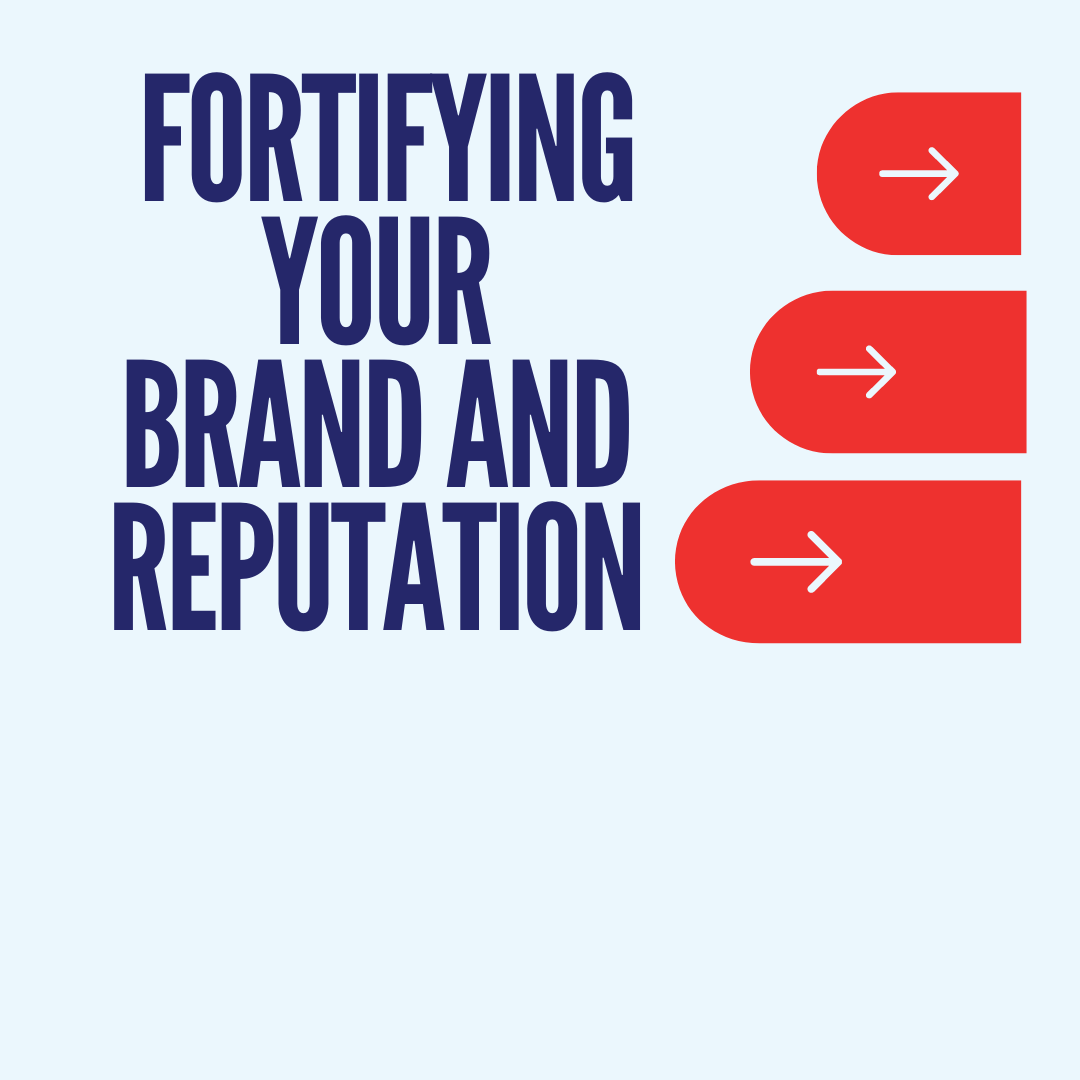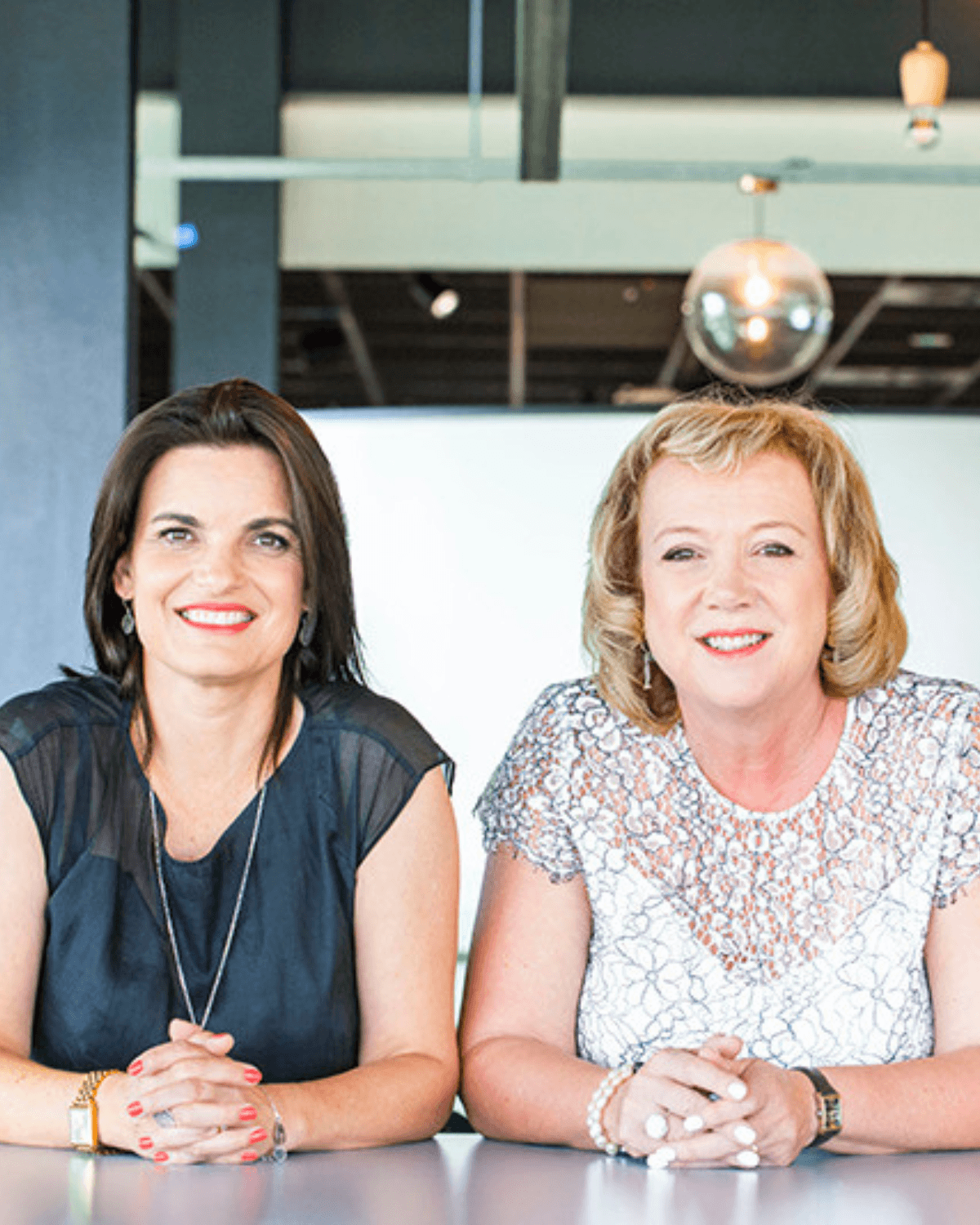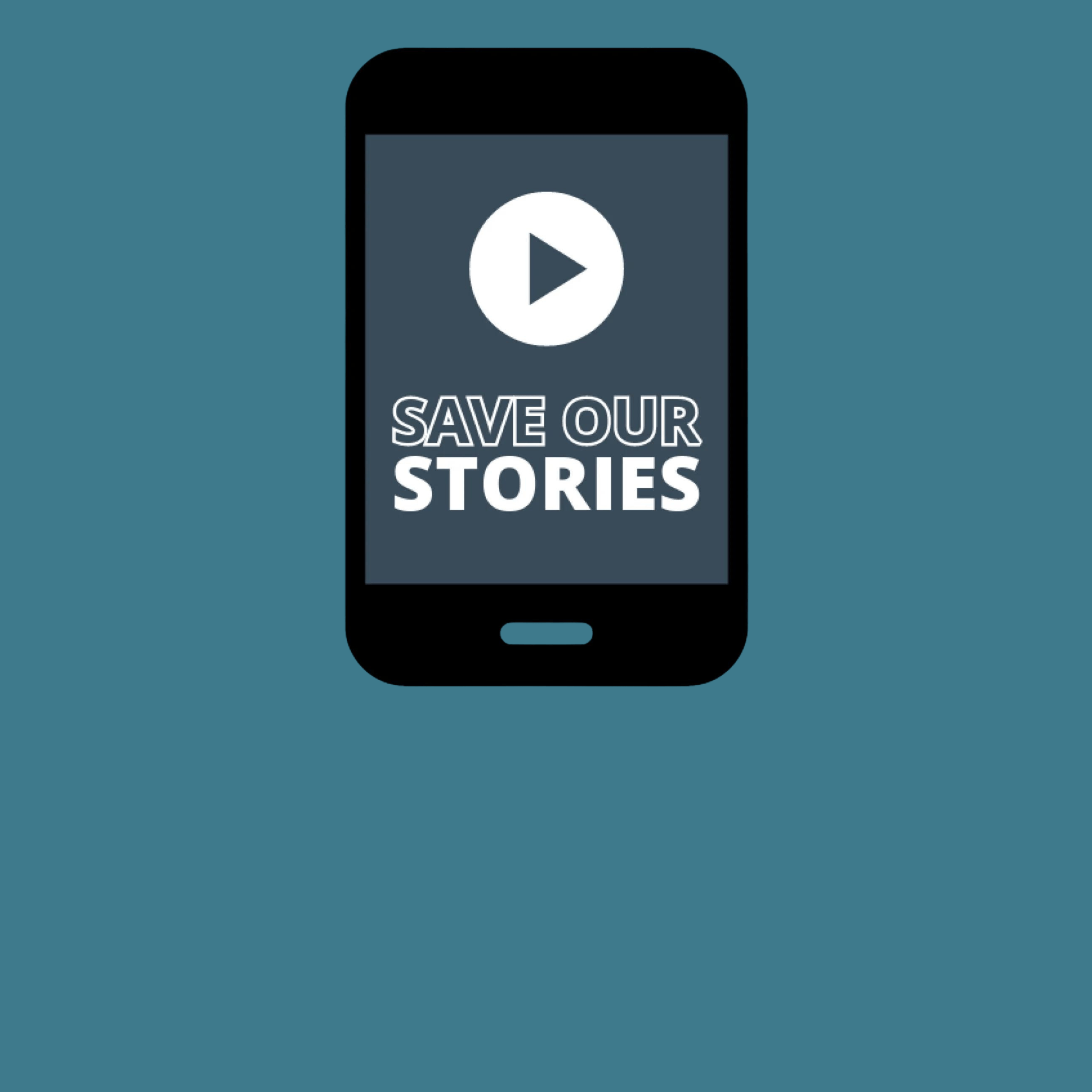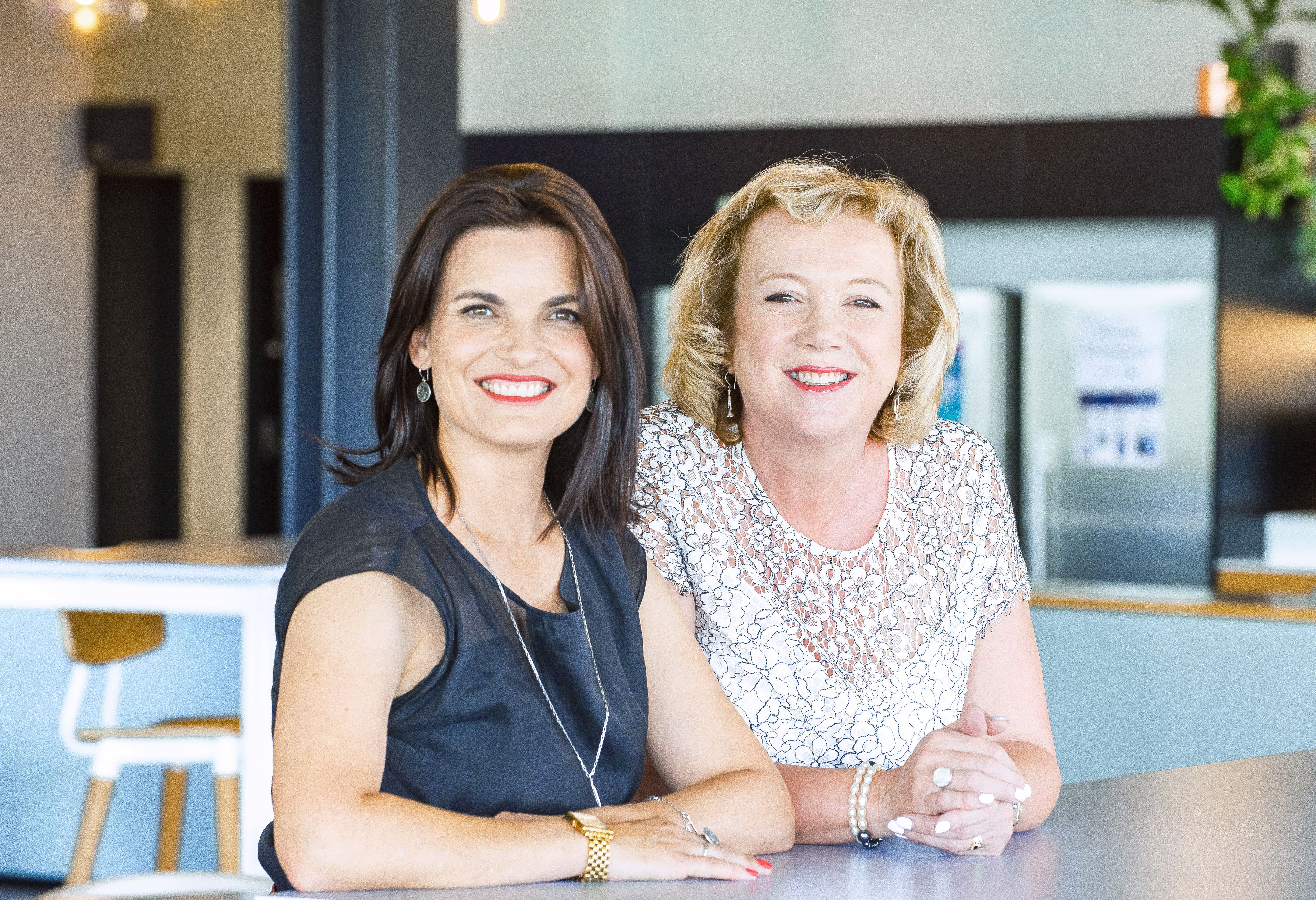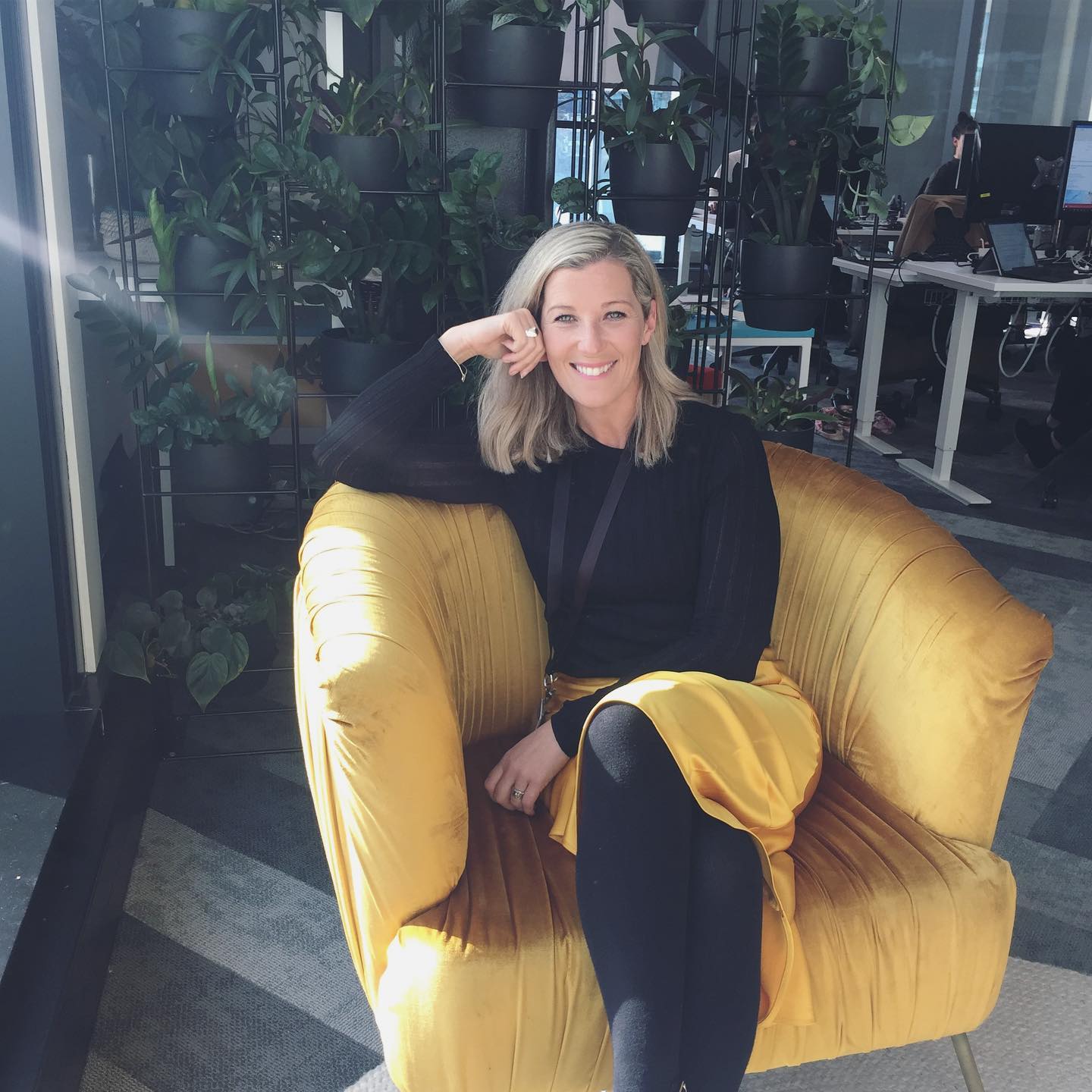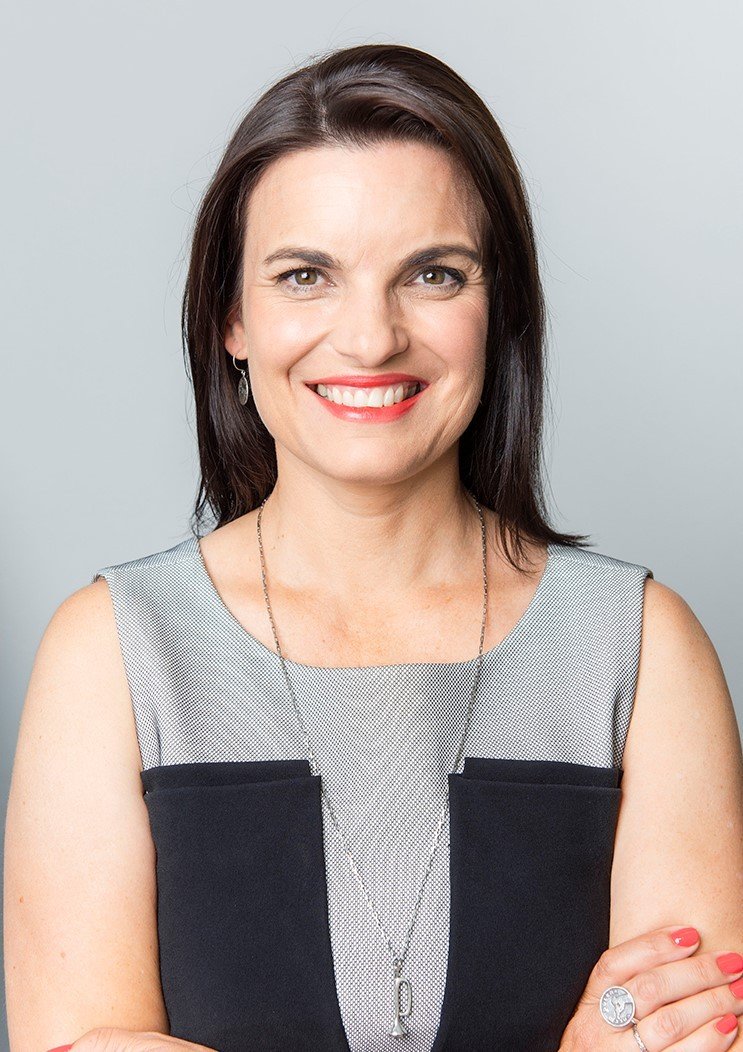
Carolyn Kerr explains how the communications industry needs to advocate for equality in the workplace.
The communications industry covers a diverse range of disciplines and would like to consider itself inclusive and reflective of society.
I have been fortunate to work with a wide range of people of various backgrounds and experiences over my career, and it’s been a more fulfilling journey because of it. At first glance, it is easy to conclude that our industry is in good shape when it comes to diversity and inclusion.
However, the theme for this year’s International Women’s Day, Choose to Challenge, got me thinking about how complacency in our industry not only prevents talented people from meeting their potential, but also stops us from communicating authentically. As communicators, our job is to reflect the communities we wish to engage with. How can we do this if our organisations do not resemble our diverse society?
Take public relations – women outnumber men, and we continue to struggle to attract men to the industry. However, not nearly enough women are in leadership positions in which they are more than capable of succeeding. This is especially true in other more traditionally male-dominated communications fields such as advertising. We have come a long way since I embarked in my career 25 years ago, but there is more to do.
When I was starting my family 12 years ago, and able to work part time, another female colleague and I were dismissed as “those part-time women” by the patriarchal leadership we worked for, suggesting we were somehow less worthy, despite being responsible for the top four clients in the agency. I was excluded from a significant promotional opportunity because I worked four days a week.
Being able to take maternity leave and work part time was a massive step forward for us, that is compared to my business partner Jane. When she and her husband started their family around 30 years ago, maternity leave did not exist. They had decided her husband would be the fulltime home-based care giver and she would be the primary income earner for her family. Jane had to take any leave she had owing and some leave without pay from her agency role, and was only able to have six weeks off with her new baby in order to retain her job. She managed to feed her baby for three months but had to do so offsite as there was no provision in her workplace for working mums to do this.
There is so much more business can do to offer gender equality in the workplace, and I believe the communications industry has an opportunity to lead the way. So, what more can our industry do to challenge the norm and advocate for change?
Support men to help women succeed
One way to support women in the workplace is to offer the same support and opportunities to men.
Public relations was an early adopter industry of flexible working conditions including part-time contracts and remote at-home working. These conditions were attractive offers for women starting a family who wanted assurance that they would have the support to juggle work and family responsibilities.
COVID-19 has proven that these flexible arrangements work and have now become the norm not just for women, but for everyone looking to make work work for them.
As family structures have evolved, gender roles and expectations have also changed. Women have the freedom to make their own choices when balancing work and family, so why not allow men the same freedom as well? My husband hasn’t worked Fridays since our son was born 12 years ago, a tag-team arrangement we came up with to fit our schedules and share the responsibility of looking after our children. This approach wasn’t typical in business at the time, but it is emerging. Our CFO Scott Burke for one, opts to work four days a week to spend time with his children on his day off, a request Jane and I were only too happy to support when he joined Anthem.
When organisations are open-minded to new working environments, we give families the autonomy to make their own arrangements and support themselves in ways that work best for them.
Advocate authentically, never for show
In 2018 I went through Global Women’s Breakthrough Leaders Programme and was amazed at how many women on the cusp of senior leadership roles were experiencing imposter syndrome, me included. On the surface, these women were success stories across a wide range of industries, but deep down felt they were someday going to be “found out” that they weren’t deserving of their positions.
This common mindset holds many women back from taking a leap into the unknown and having faith that they can make it to the other side. Organisations can make real change when we talk about what is actually holding women back and work to change the rule book.
When we move on from superficial promises and give women real opportunities with accountability and responsibility, we break down these barriers and show women that they can succeed. This work cannot be left to chance; it must be strategic and embedded into an organisation’s culture.
Remember the benefits of diversity
In the communications industry we have the toolkits and skills to enable business to do better and take on the values that we hold dear. To communicate more authentically with our audiences and communities, we need to do so in a way that is reflective of our society.
We should never forget that diversity and inclusion is critical to our future success as a country and society. The best part of working with a mix of people is that everyone brings to the table their own identity and experiences, be it based on gender, ethnicity, culture, religious beliefs, sexual orientation or age.
We all benefit from a wide range of views. We communicate more authentically, find new and innovative ways to solve problems and, in the process, encourage businesses to do better as well. I encourage you all to #ChoosetoChallenge.
Ready to chat?
Get in touch with our expert team today and find out how we can help
Contact us
